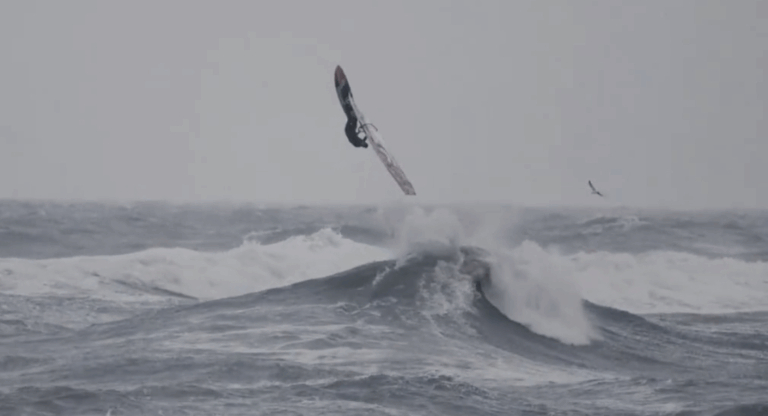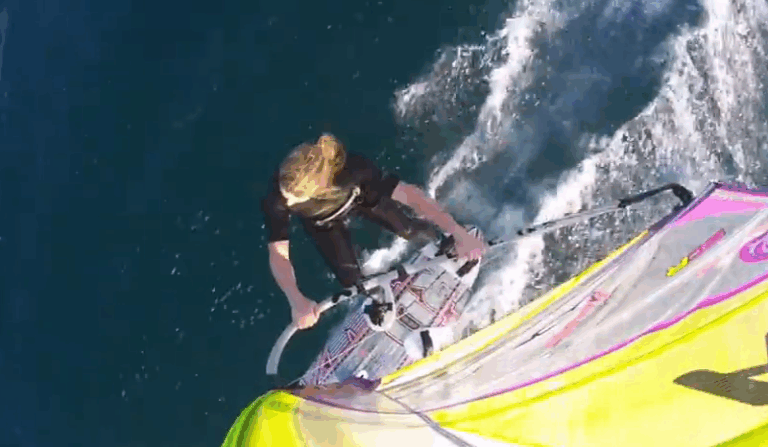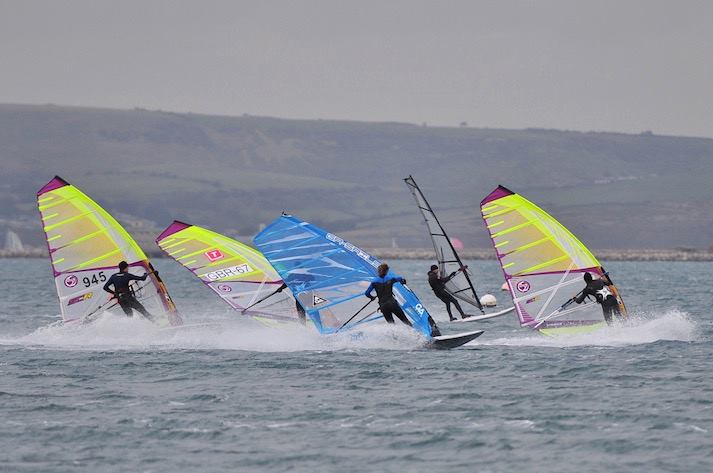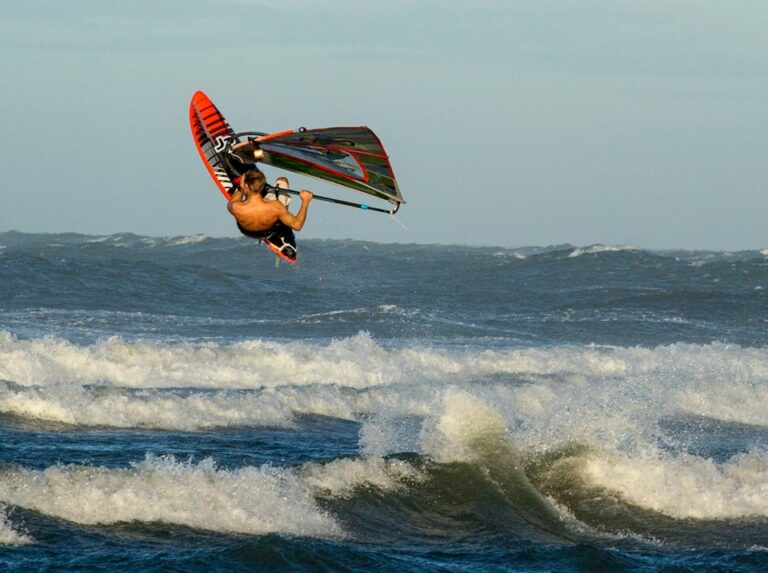Micah Buzianis joins Boards to share his top tips for getting tuned up…
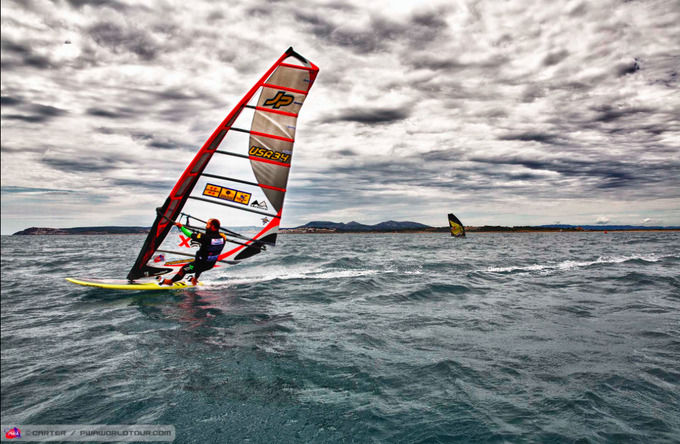 Finding the perfect set up for anything in life is tough. It takes work, commitment, trial and error, a bit more error and some patience. With windsurfing this is probably truer than with most other sports, due to our reliance on Mother Nature and the varying conditions she can throw at us.
Finding the perfect set up for anything in life is tough. It takes work, commitment, trial and error, a bit more error and some patience. With windsurfing this is probably truer than with most other sports, due to our reliance on Mother Nature and the varying conditions she can throw at us.
The best way to find the ideal equipment set up for you and your local spot, is to go and test as much gear as possible. Go to your local shops and dealers, head along to demo day or share equipment with friends, use any means possible to get onto a variety of equipment.
When trying out or tuning gear it is a great idea to sail with friends, the more you all work together and use each others set ups the easier you will all find it to figure out what works best; the more people on the water with the correct gear and the correct tuning, the more fun you will all have.
Nowadays, with the www and numerous other resources there is an abundance of information at your fingertips, from the finer points of equipment design through to advice from those in the know, all set out to help you make the best possible decision.
Once you finally get your hands on new gear I am sure you just want to plug and play. Luckily windsurfing companies now do most of the hard work for you, and will provide ideal settings so that you can hit the water straight away. While these numbers may not be perfect for every sailor they are a very good starting point, and it is worth getting used to your equipment on these settings so you can then notice the difference when you begin tuning.
The key to tuning is to make small changes, feel what the differences are and then write it down. There’s nothing more frustrating than having a great windsurf on perfectly set up kit, then not being able to remember the settings next time!
When tuning, start with the downhaul, as this can really make or break a set up. Too much and the sail has no power, therefore making the board feel like it has no power or lift. Too little can make the sail feel very heavy and hard to control, meaning the board may feel heavy and sluggish.
Downhaul specifications from manufacturers should be followed closely, you will usually end up within one centimeter either side of these. Having enough downhaul is very important as this allows the head of the sail to twist off, spilling excess power and keeping you in control. Maximum speed with maximum control is what we are all aiming for. You are best to go for slightly too much downhaul to start with, then, slowly let off outhaul to get more power rather than the other way around. Personally with downhaul, I find one setting that feels the best and use this in all conditions.
Manufacturer specifications for the outhaul do not need to be followed as precisely. With outhaul I would highly recommend an adjustable outhaul system, at least on one side, and especially for bigger sails. Adjusting the outhaul can massively increase the range of a sail, being able to do this on the water will decrease the hassle and increase your windsurfing time. Don’t be afraid to let outhaul off to the point where the sail is touching the boom especially when you are underpowered. Though do be careful not to pull too much on when over powered, despite the sail being flatter it can make a set up harder to sail. I like to put the boom out further and use an adjustable outhaul as it gives me much larger wind range, meaning both early planing and top end control increase.
Kit tuning is a constant battle for everyone from novice to elite racer. I am always trying new masts, battens, fins or making little tuning adjustments in an attempt to gain just a bit more speed or control. Sometimes I win this battle, sometimes I lose, but I will never stop striving for perfection. In 2010 I won the PWA Alacati event, a major contributing factor to the top finish was how dialled in I was on my bigger gear. I had spent a lot of time tuning this equipment which gave me a lot of confidence in the light to medium winds, I knew I was fast so could just go out there and race without second guessing my preparation. It may take time a lot of time and effort to get this comfortable with your equipment set up, but it is definitely worth it when you get there!
My biggest piece of advice regarding equipment is to try something new. Advances in equipment, especially within the last five years, have made it easier to go faster, stay in control longer and get planing earlier. The areas of freeride, freerace and race have seen particular development with bigger sails now being lighter and more manageable as well as smaller sails being a lot more powerful.
Equipment is continually developed not because the brands feel obliged to do so, but because they want to provide you with the most user friendly equipment possible. I am sure many of us can think back to windsurfing in the 1980’s, when boards were heavy, sails unmanageable and the harness a new daunting prospect. The huge developments we have seen in equipment up to this day have enabled more people to enjoy more time on the water, so although trying a new design concept or type of equipment may be a little out of your comfort zone, it is this process which keeps both the manufacturers and ourselves progressing.
With such potential for further technological advances, who knows what could be around the corner?

